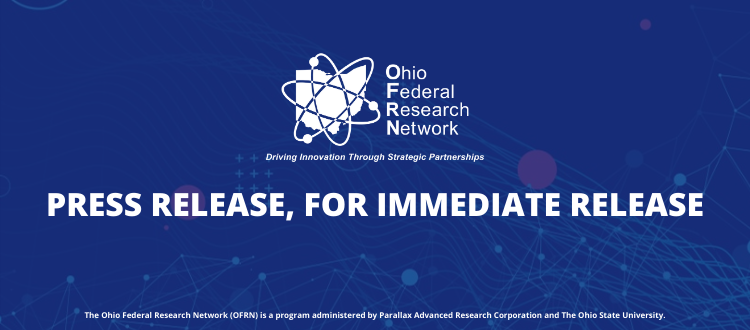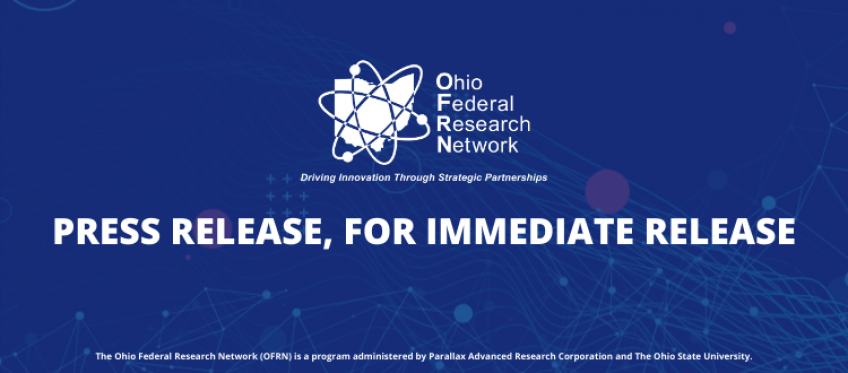(Dayton, Ohio) …Whether we are always aware of it, humans are interacting with machine learning programs, and their algorithms, more and more each day. Decisions such as which customer service operator you speak to, your credit score, or even how your car operates are all being decided by these programs.
According to Dr. Michael Raymer, a Wright State University computer science and engineering professor, “Algorithms that determine routine parts of our lives are being developed in a more complex way than the traditional ‘if this…then that’ decision making functions we were used to seeing. Today, machine learning programs have been built around inputs of massive data sets into black box algorithms, where the reason behind the outcome is really complex and becomes untraceable.”
Dr. Raymer and his research partner, Dr. Brad Minnery, Director of Advanced Neuroscience at Wright State University, are leading a team of Wright State University researchers that are developing technology designed to unpack the decisions made by these black-box algorithms to improve our abilities as humans to perceive, understand, and even collaborate with them.
The Human Centered Big Data (HCBD) technology is unique as it uses a semantic approach which will allow human operators to provide better and more transparent information.
“Machine learning programs have seen some spectacular failures in recent years,” said Dr. Raymer. The HCBD technology is about developing an understanding, and eventually prevent those failures.”
One example Dr. Raymer cites is “bots” on Twitter or Facebook. Over the past few years, online bots have been absorbing vast amounts of data, in the form of key words, through social media posts and generate similar posts that aim for social media virality. This unwittingly resulted in a large number of computer generated posts that were considered offensive to the vast number of users. In theory, HCBD technology could allow developers to not only identify computer-generated posts, but also to adjust algorithms to factor in a filter before hitting send.
Of course, this leads to bigger and broader questions about censorship, but the HCBD technology has the potential to be a huge player in this conversation.
Dr. Raymer and Dr. Minnery also see applications for HCBD in the world of healthcare as well. The healthcare industry is continually working to manage costs. Many of these machine learning programs are gathering huge swaths of data from medical records and based on protocols alert a health care provider if someone needs certain services.
Yet what is most valuable to providers and administrators when looking at effectiveness and efficiency is the why component – why was someone referred for MRI or an expensive genetic test. This is where HCBD technology helps better understand these data driven results in order to advise patients and develop preventive treatments, in a fashion that is user friendly.
Dr. Christopher Ball, research scientist at The Ohio State University and co-lead of OFRN’s Command, Control, Communications, Computers, Intelligence, Surveillance & Reconnaissance Center of Excellence stated that “The HCBD technology allows users of big data to gain some visibility into the logic of how a machine learning develops conclusions. For example, an analysis of open source data might reveal trends in possible terrorism or crime activity. However, military or law enforcement decision makers need to verify the sources of this information and understand how the evidence fits together in order to justify any kind of action response. The HCBD technology provides a mechanism to scrutinize big data processes so that actions are not taken based on faulty or incomplete analysis. In a way, the HCBD project offers ‘quality control’ for big data technologies.”
The HCBD technology is still in early phases of commercialization and would not be possible without the support of the Ohio Federal Research Network. The Ohio Federal Research Network (OFRN) is a nationally recognized research alliance developed by the Ohio Legislature to align and leverage state research assets to drive innovation.
Along with serving as a major funding source, OFRN has played a variety of roles in this process – such as matchmaker, connecting the HCBD team to groups like the National Air and Space Intelligence Center to meet with a consortium of contractors to help guide the team on the needs in this field and show external groups the value of this kind of research. The OFRN team has also worked with Dr. Raymer and Dr. Minnery to bring an additional $6.5 million in new federal research dollars to the project.
OFRN was created by the state legislature to fuel innovation by creating a pathway for academia, industry and government researchers to work together in an open, collaborative approach. The goal of OFRN is to create new jobs and add $350 million in new federal research contracts over five years. To date, the OFRN team has received nearly $117 million in new research awards, with $250 million more in the pipeline. Research projects like this that are funded by OFRN are all aligned with the strategic research priority areas of the Ohio based federal labs and include 11 universities throughout the state and 57 industry partners.
For more information about the Ohio Federal Research Network, go to www.ohiofrn.org


